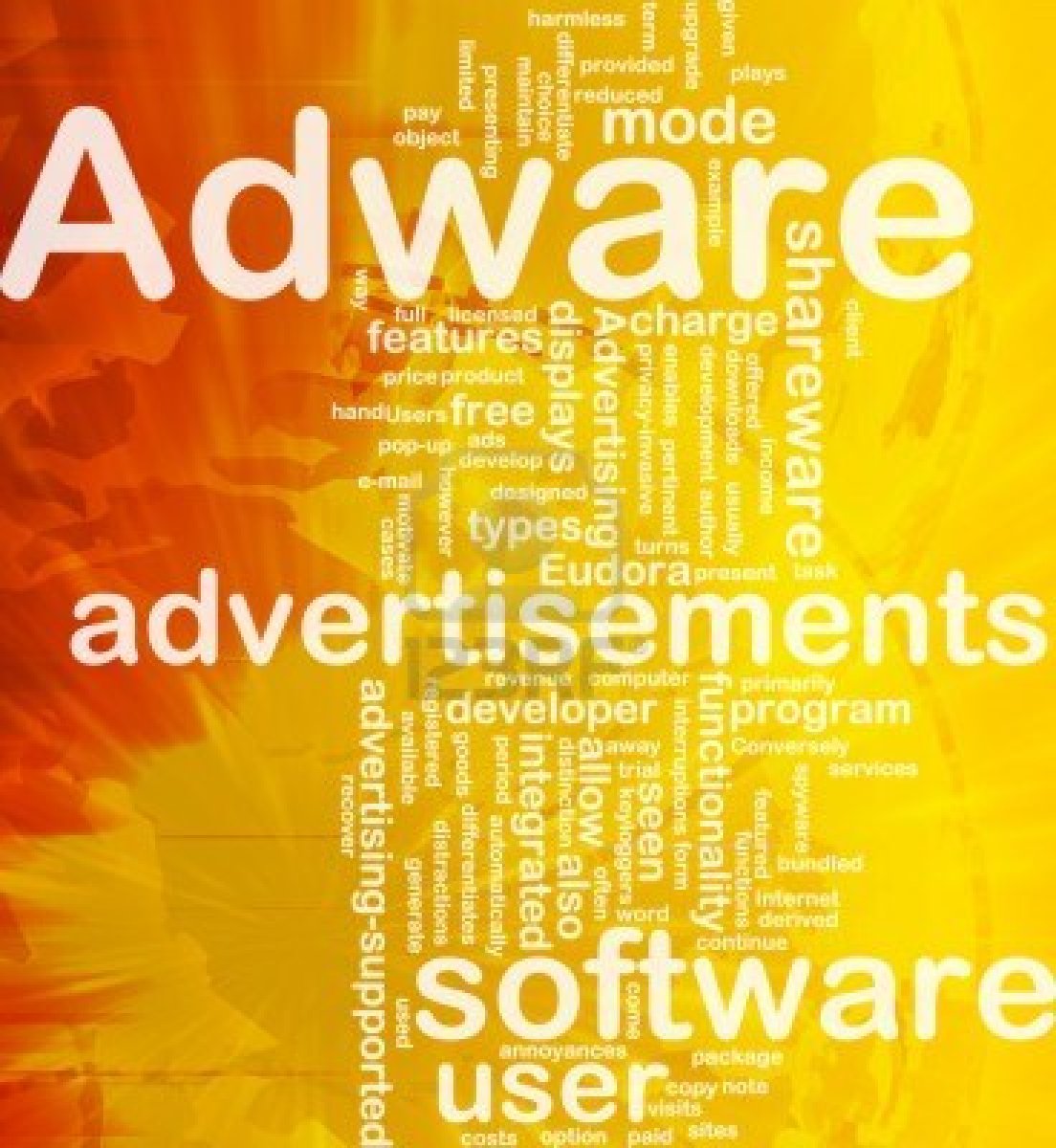
- #GOOGLE CHROME MEDIA PLAYER UPGRADES HOW TO#
- #GOOGLE CHROME MEDIA PLAYER UPGRADES INSTALL#
- #GOOGLE CHROME MEDIA PLAYER UPGRADES UPDATE#
Chrome is actively discouraging users from allowing Flash to be enabled, so they make it as irritating as possible. All that Flash content will be flashing away.Ĭaution: if you're using a site you don't know, beware: Flash is prone to security vulnerabilities, so be careful when enabling it.Īnd one final note: if you close your browser, you'll have to go through this process again the next time you want to enable Flash. Now if you go check your general Flash settings again in Chrome, you'll see that site on your "allowed" list: To allow Flash, you must click that dropdown menu and select "Allow" instead: Find the Flash setting and select "Allow" To the right, you'll see a dropdown that says "Block." This will bring you to a menu with a number of options.
#GOOGLE CHROME MEDIA PLAYER UPGRADES UPDATE#
Update its Flash settingsĬlick it, and then select "Site settings" at the bottom: Once you navigate to the site, look for the little grey lock in the address bar: Disney sites certainly need pretty animation. VLC for Chrome OS can play most video and audio files, as well as network streams and DVD ISOs, like the desktop version of VLC. This is the port of VLC media player to the Chrome OS platform. Let's embrace a little child-like wonder and magic, shall we? Disney's Magic Kingdom site uses Flash, and we want to see all that glittery magical goodness. VLC media player is a free and open source cross-platform multimedia player that plays most video files and network streaming protocols. Now that you've given Chrome permission to ask for your permission to run sites with Flash (whew), you need to tell it which sites to allow.
#GOOGLE CHROME MEDIA PLAYER UPGRADES HOW TO#
How to give specific sites permission to run Flash Always good to double check.Ĭongrats - you're halfway there. You can try one of the third-party extensions to block autoplaying media in Chrome but your success may vary depending on the sites you visit.


Now, when you go to a site that uses flash, it'll ask you whether you want to allow Flash to do its thing. Update 2: Google removed the option from Android and from desktop Chrome. It'll now say "Ask first": Flash will ask whether you want to allow it to run Once you're there, scroll down until you see the option for Flash player: Scroll down to Flash, right below JavaScript Allow Flash to runĬlick on "Flash" and, where it says "Block sites from running Flash (recommended)", toggle the switch on.
#GOOGLE CHROME MEDIA PLAYER UPGRADES INSTALL#
Access content settingsĪs Chrome has its own built-in version of Flash, you don't need to install a plugin or anything.Īnd the easiest way to get into Chrome's settings is by visiting chrome://settings/content. Since Google Chrome automatically disables Flash player, you'll need to enable it if you want it to work. In this tutorial, we'll walk through the steps you need to follow to enable Flash player in Chrome.

And if you come across one of those sites, you're probably gonna want to see what that content is. Whole websites can even be powered by Flash.Īlthough Flash usage is way down, and Adobe is retiring the software in 2020, certain sites still use it today. Remember Adobe Flash player? It's that nifty software that lets websites embed videos and web games.


 0 kommentar(er)
0 kommentar(er)
